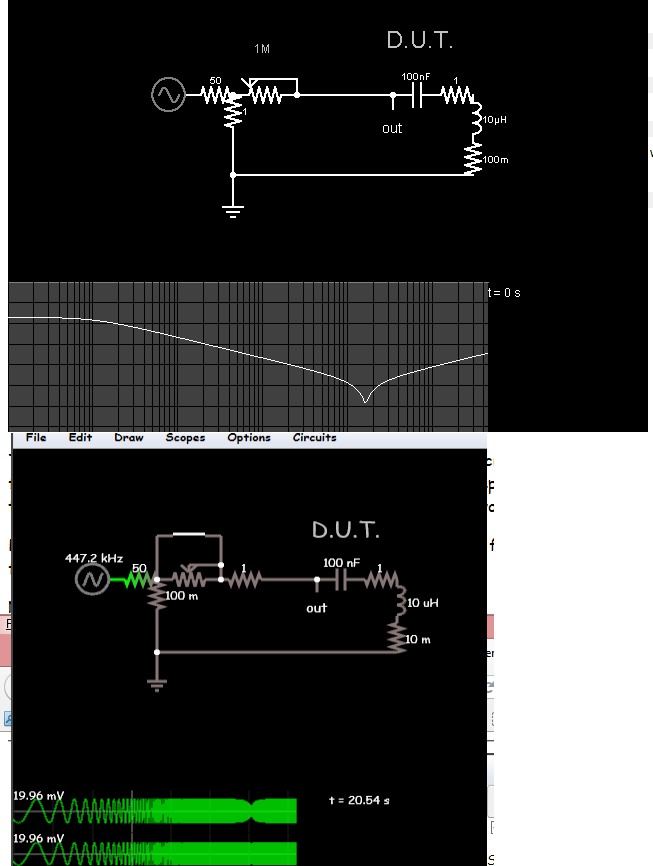be80be
Well-Known Member
Thanks Nigel Goodwin I'm making some test gear my scope looks lonely LOL. You had posted some where on a strip board layout tool if not to much trouble could you post it here. I looked at some on the net not as good as the one you posted. Guess i can forget the 1.1 on the Vref+ pin LOL
2.5 it is cause 1.8 is as low as she goes.
2.5 it is cause 1.8 is as low as she goes.
Last edited:


